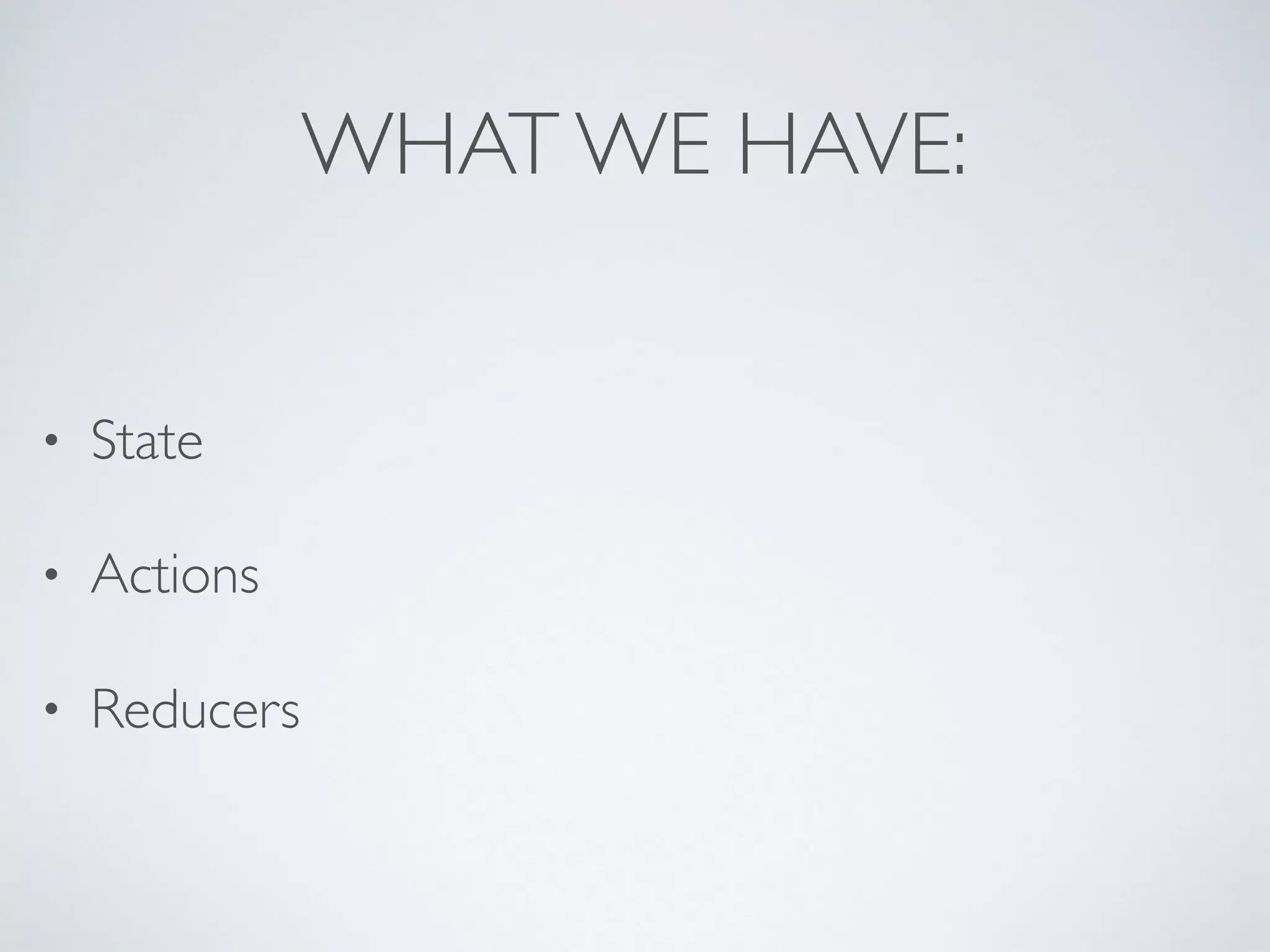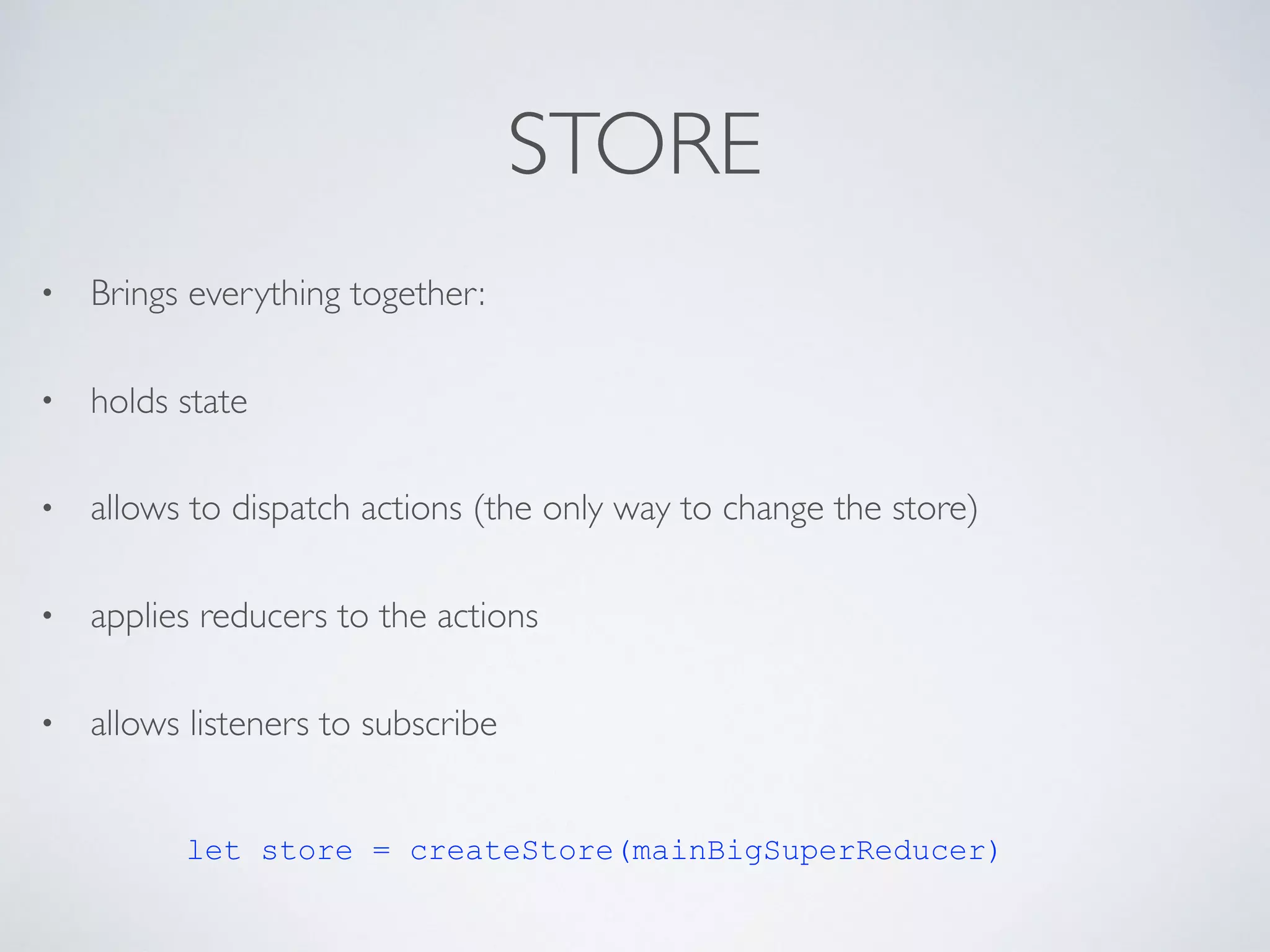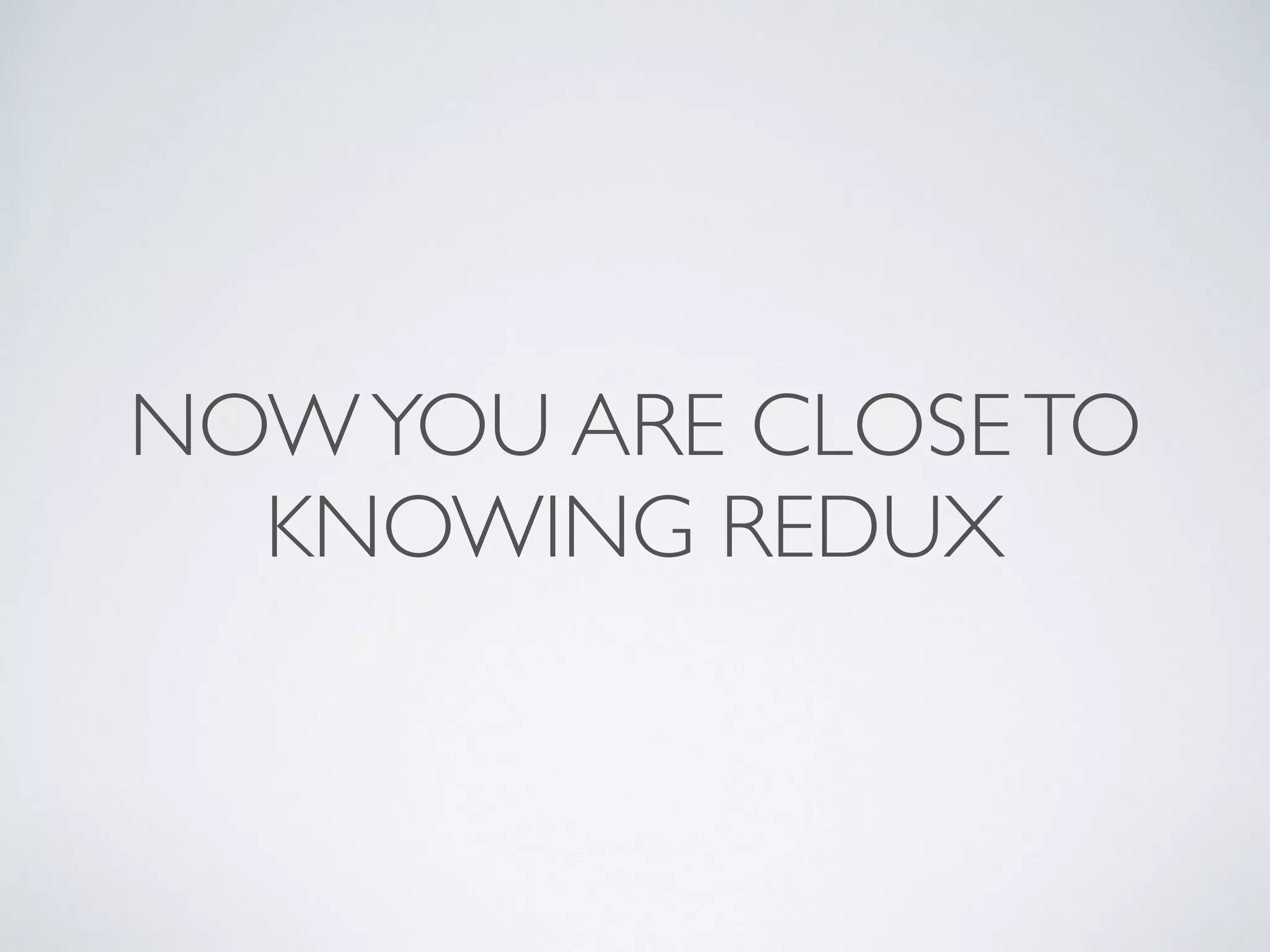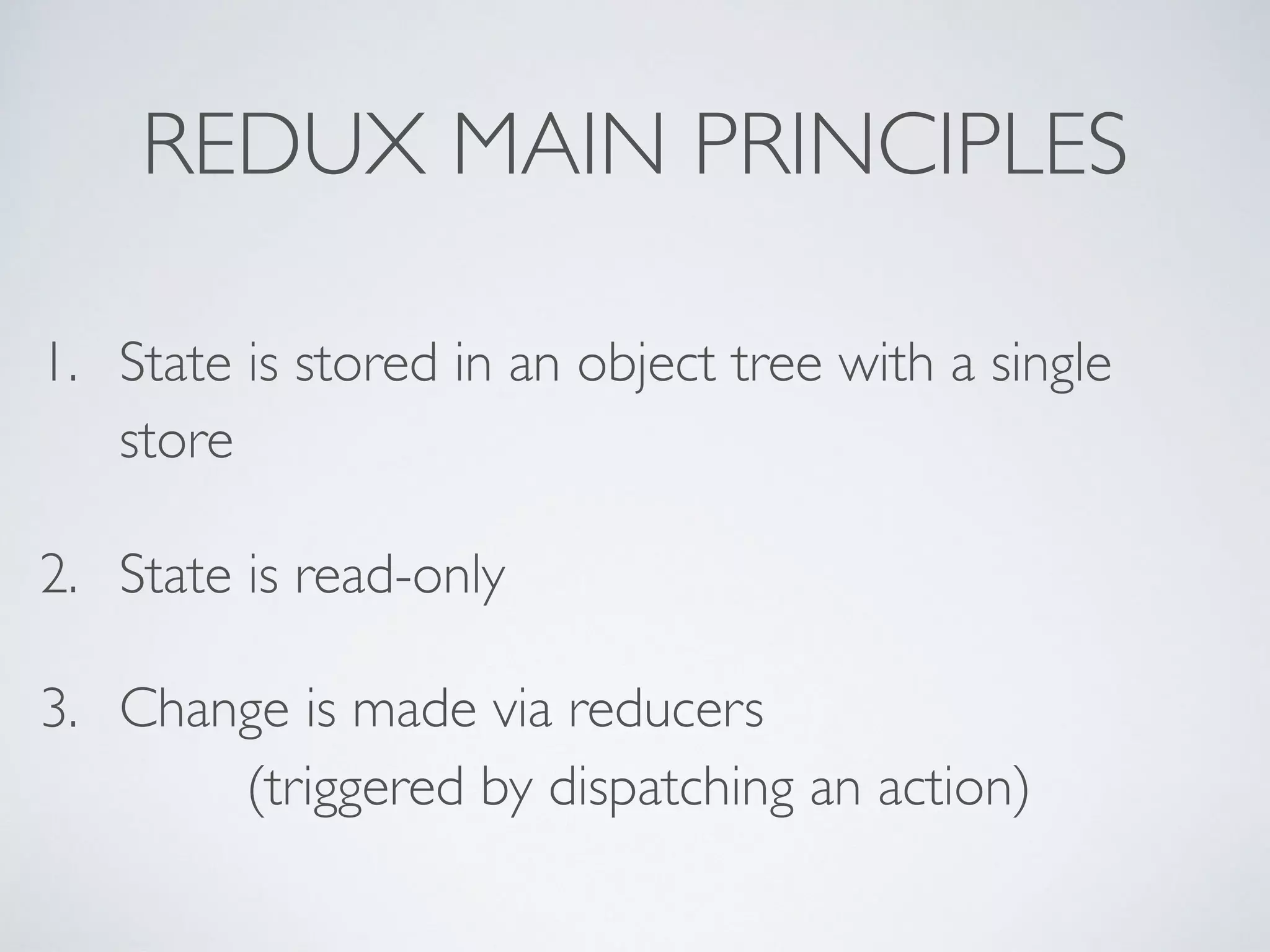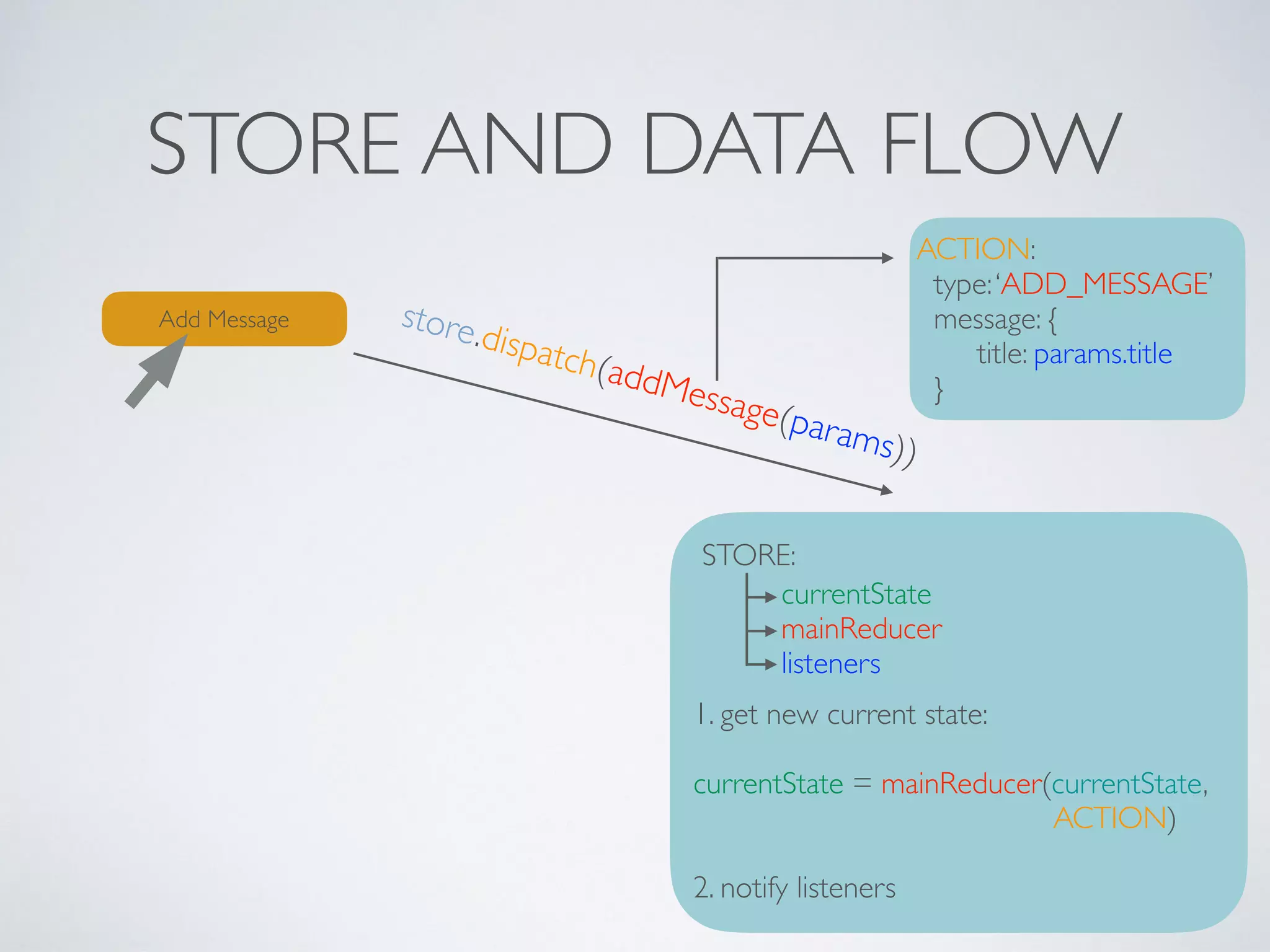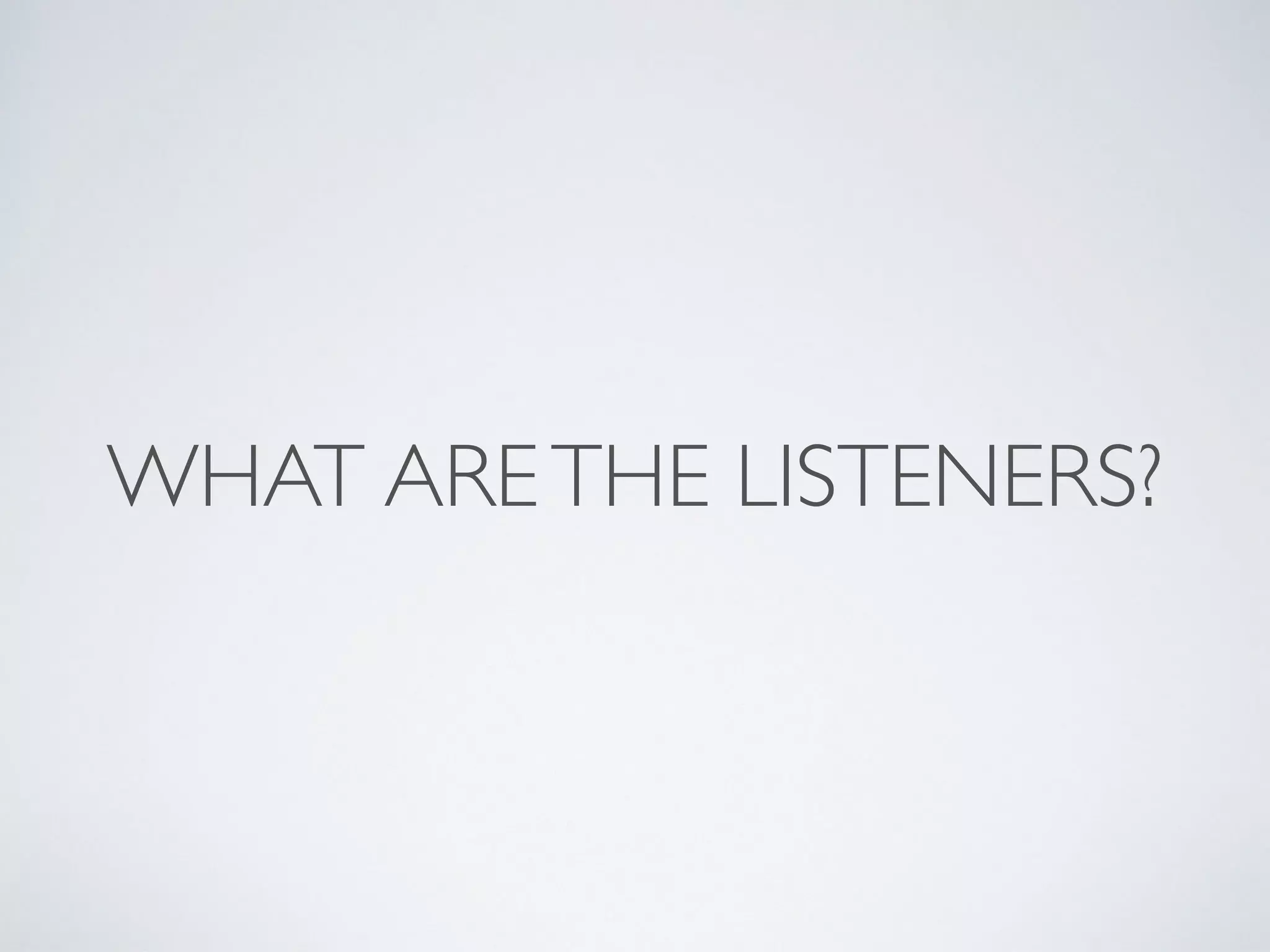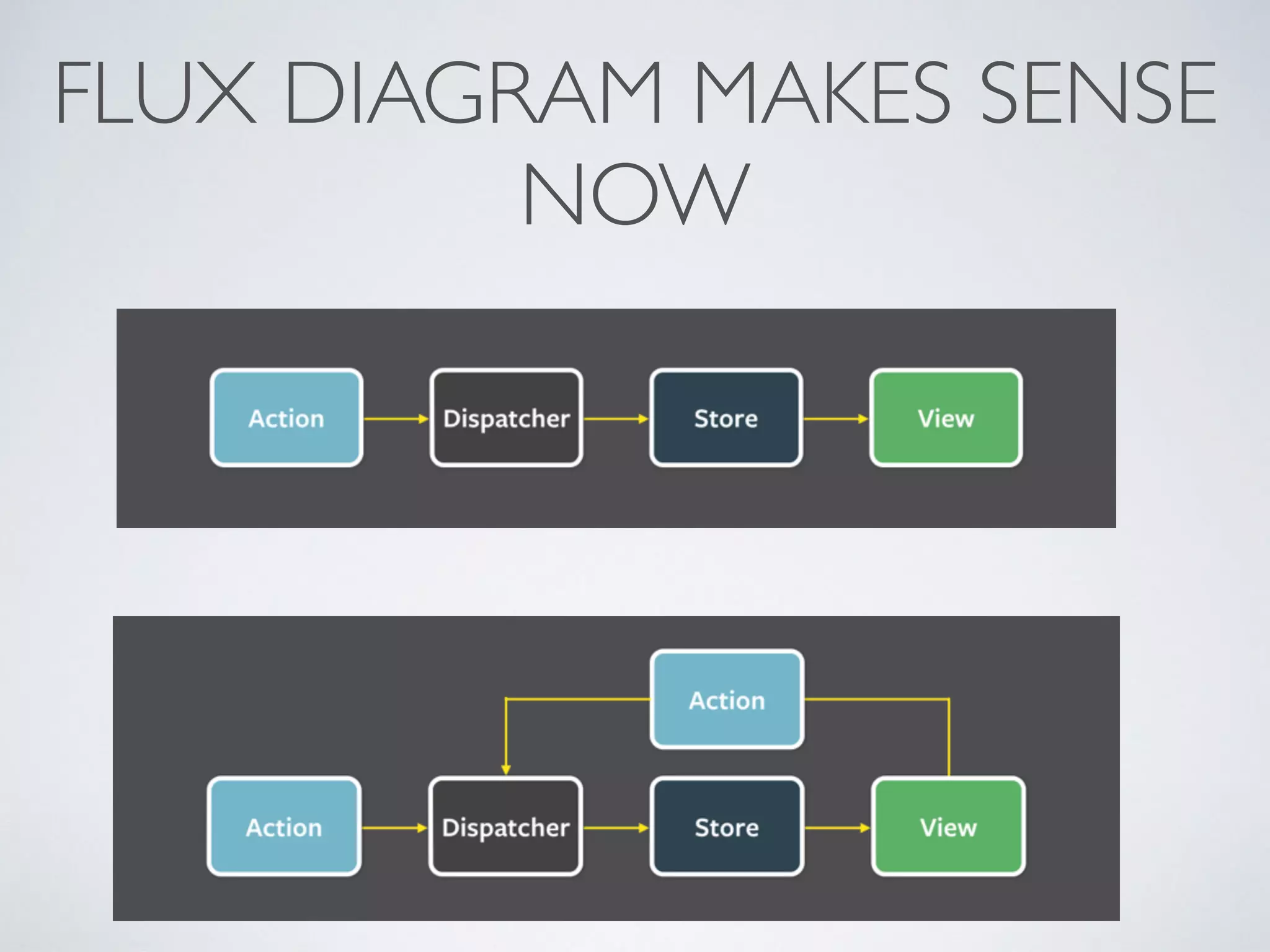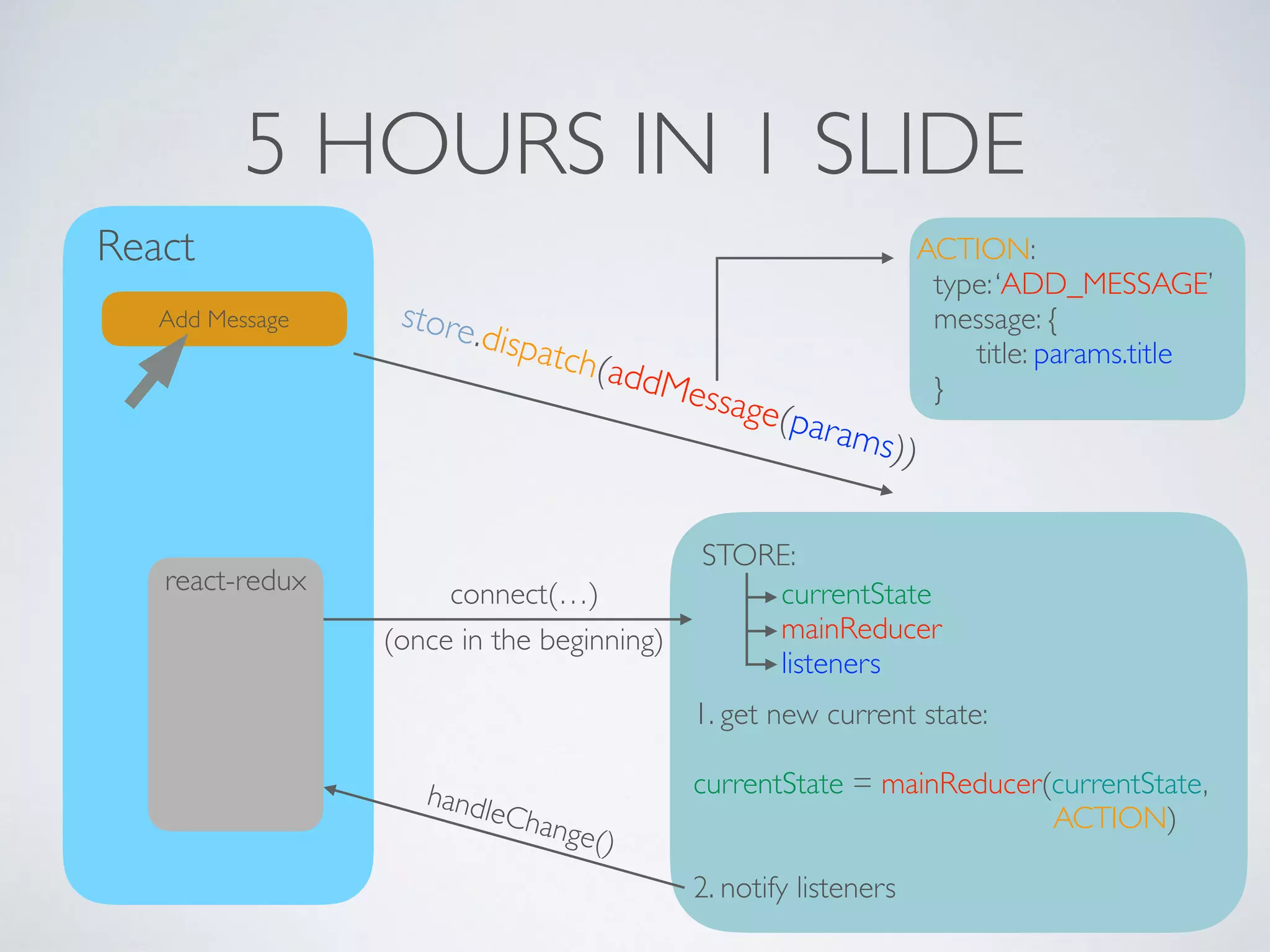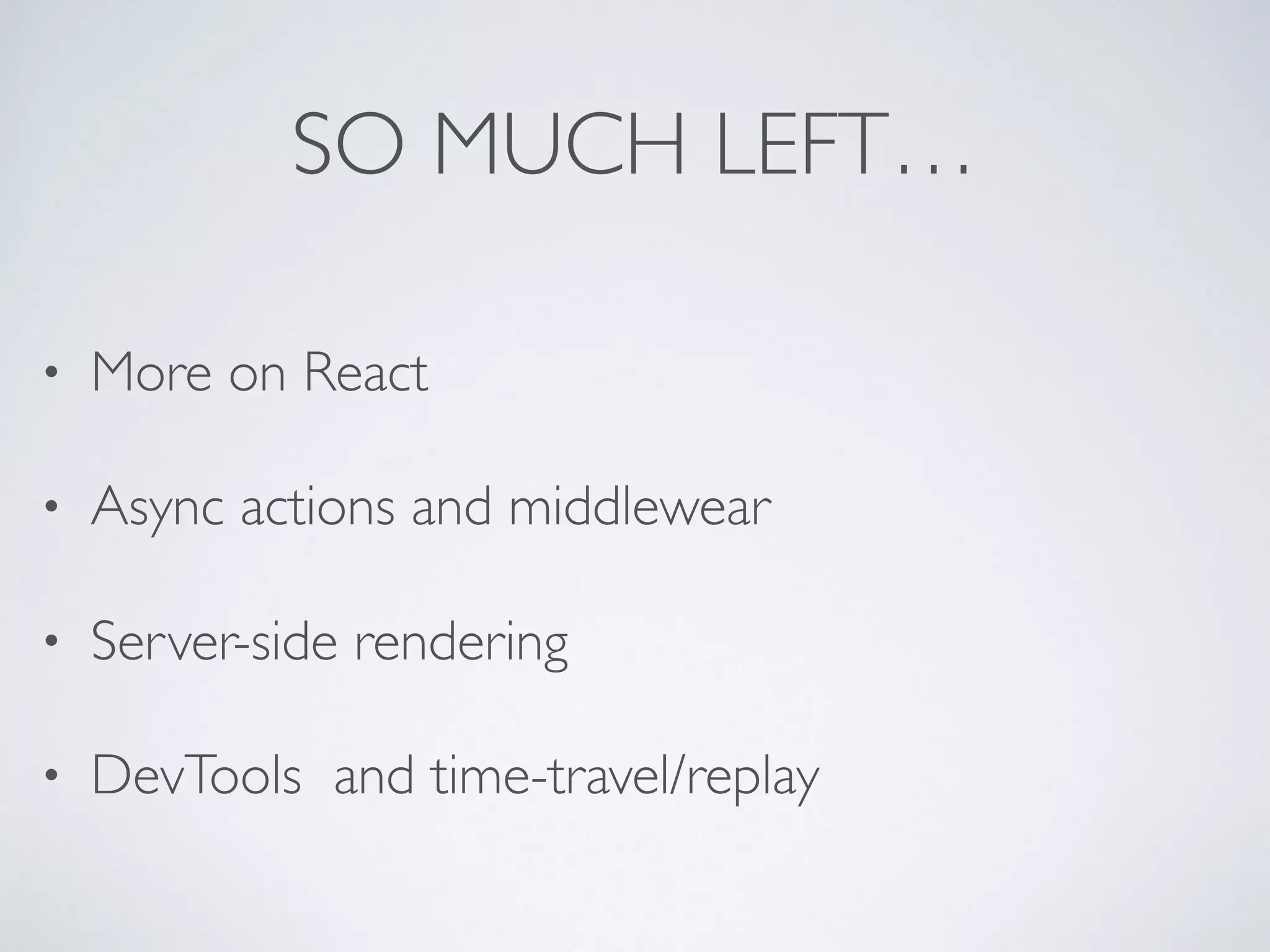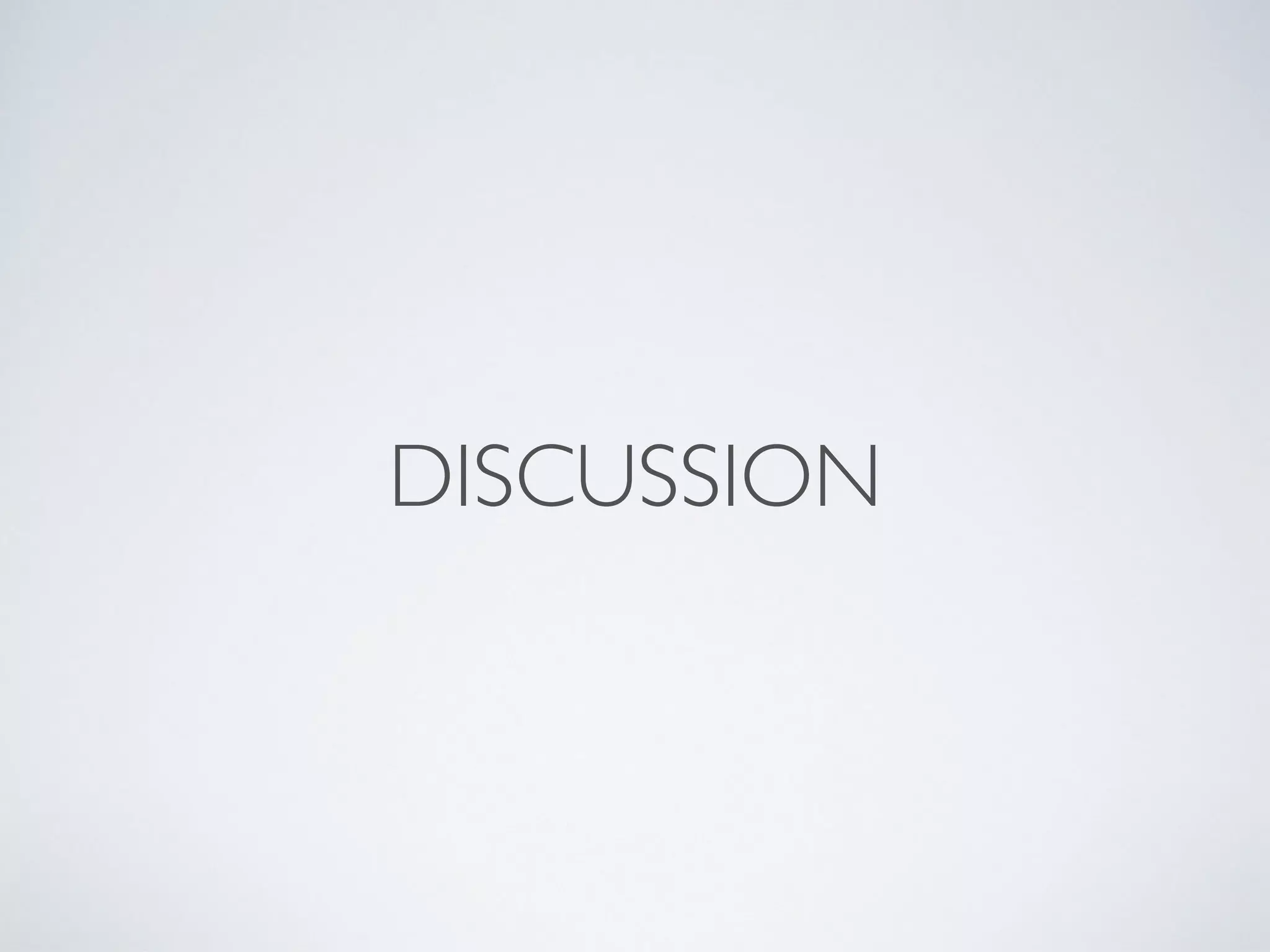The document explains Redux, a library for managing application state using unidirectional data flow to avoid complications of circular dependencies common in other frameworks. It defines key components like state, actions, action creators, reducers, and the store, detailing their roles in maintaining predictable state changes. The document also covers reducer composition and the general principles of Redux, emphasizing the importance of immutability and a single store.

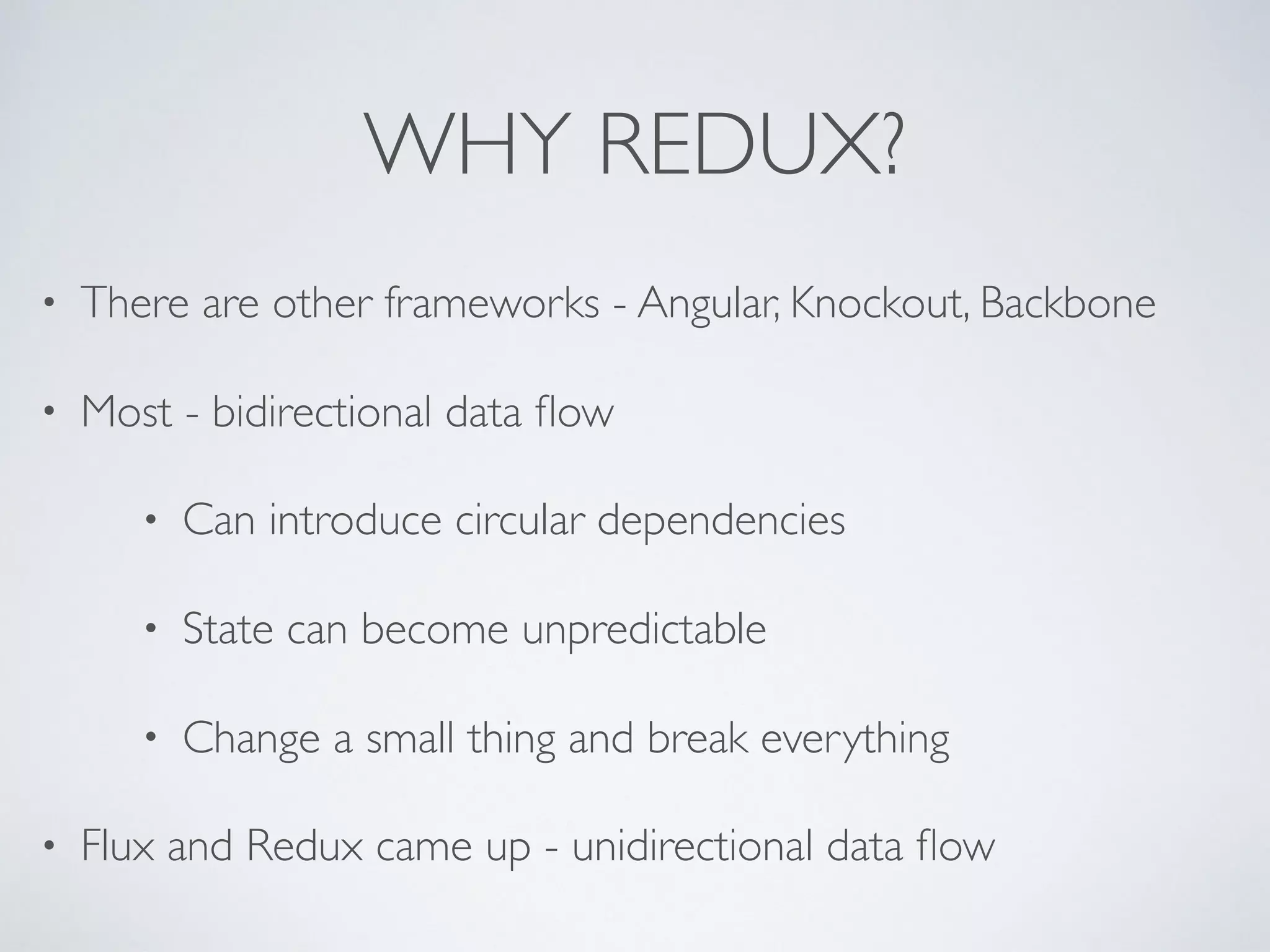

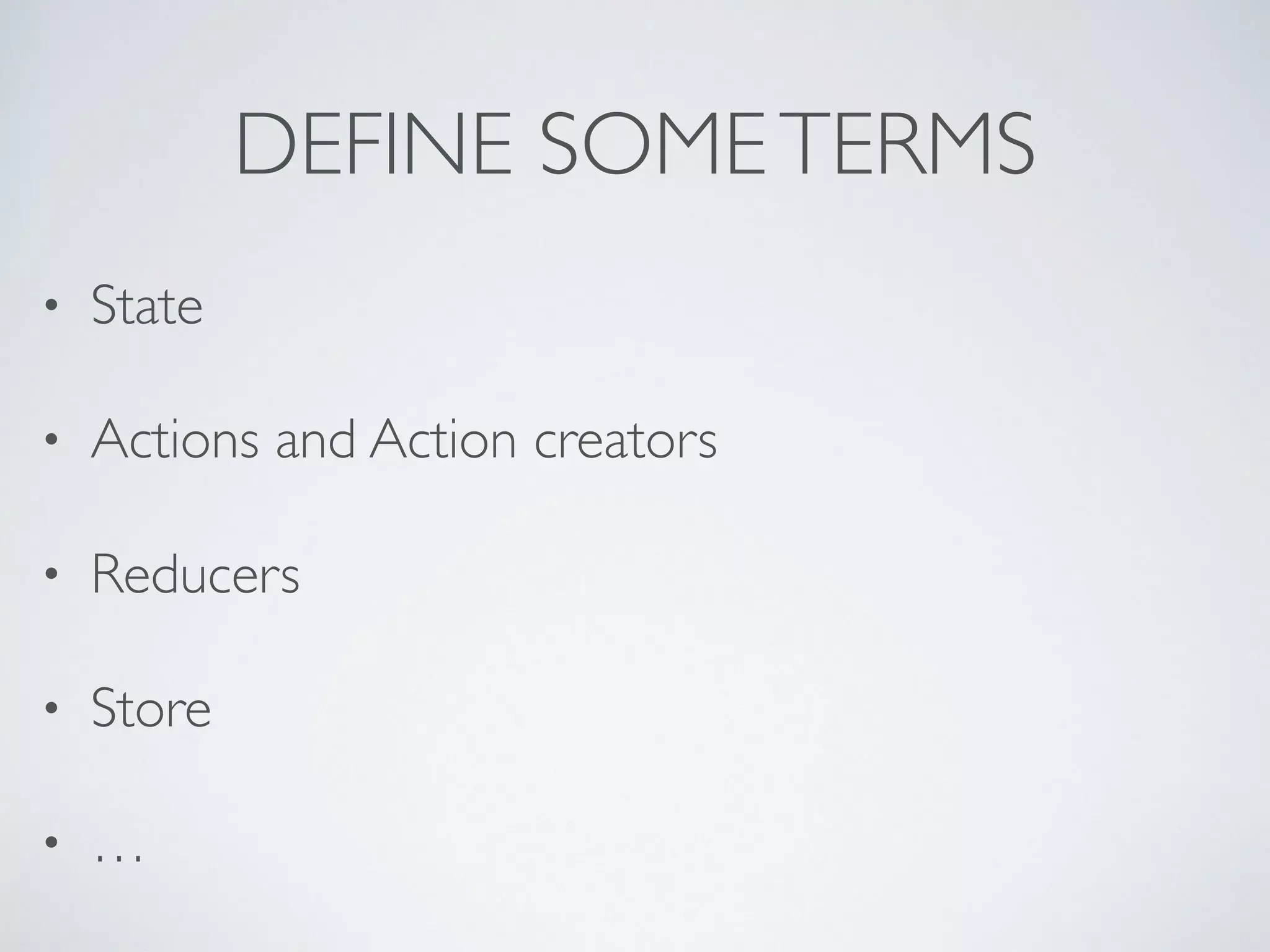
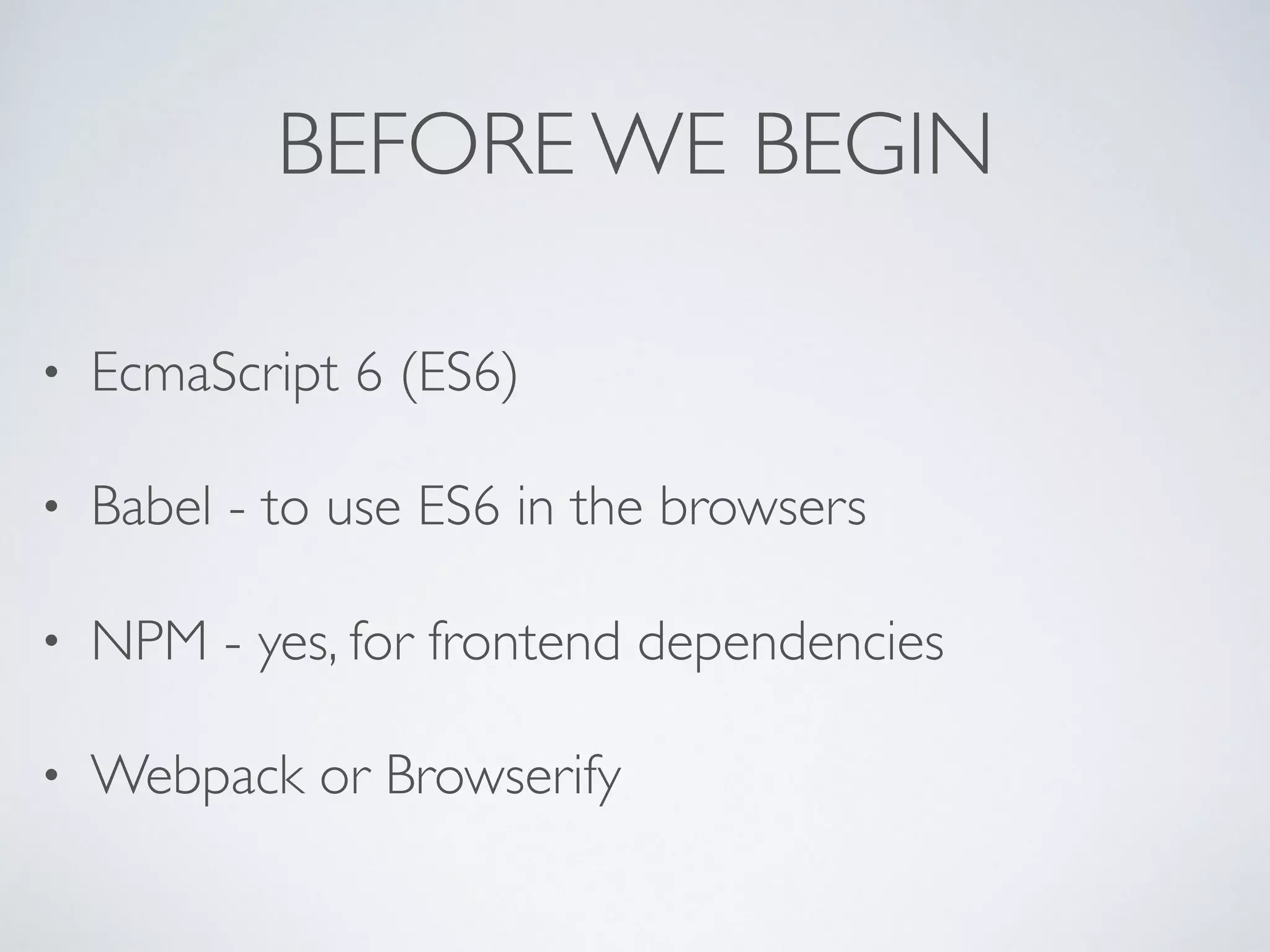
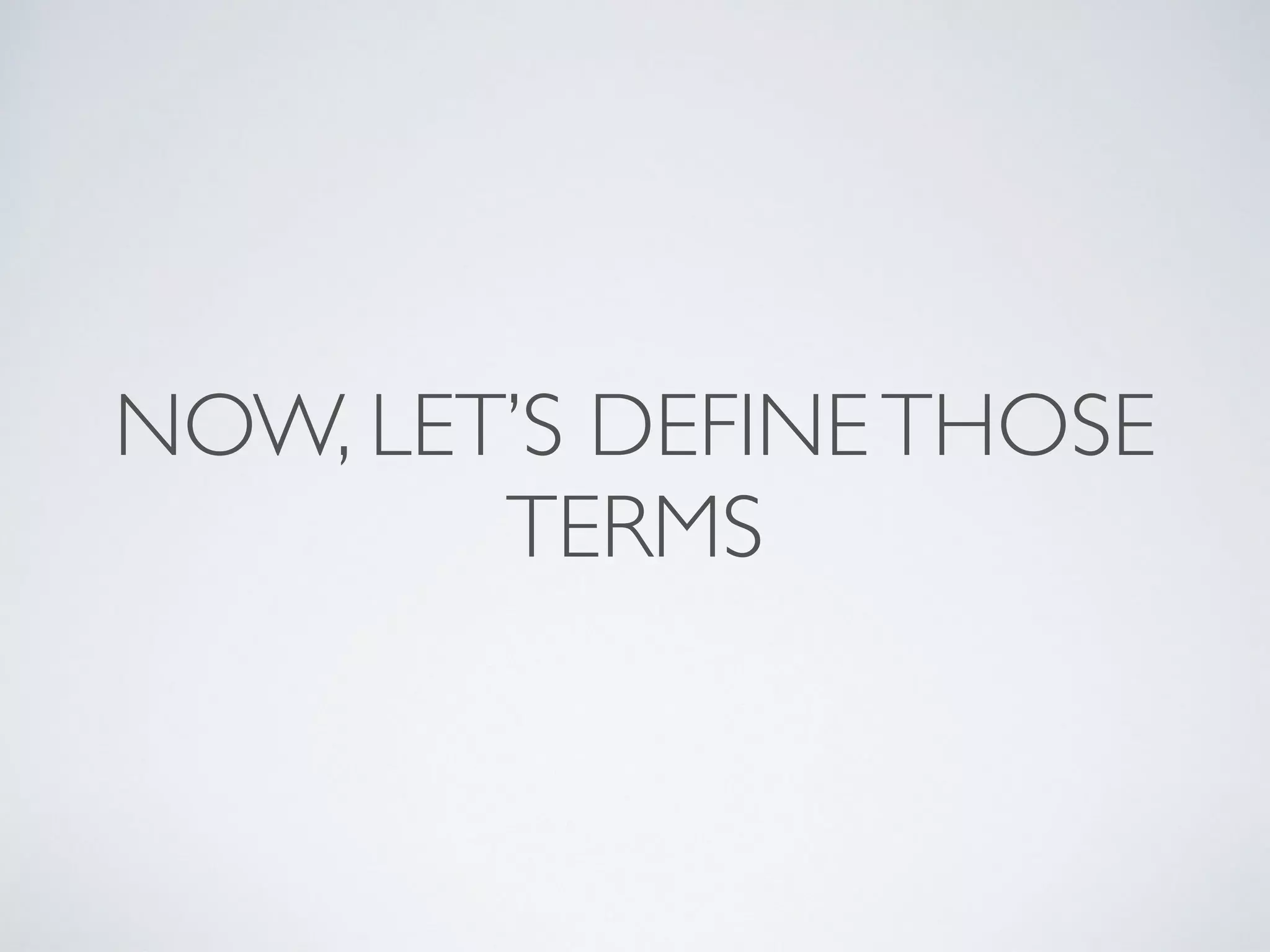
![STATE • All the data your app has { messages: [ {title: “Congrats!”, from: “Oleg”, to: “Peter”, videoUrl: “https:// super.video.mo”}, {…}, {…}], visibilityFilter: ‘NEW’, … ? }](https://image.slidesharecdn.com/redux-getlittletech-161013121611/75/Redux-tutorial-intro-to-Redux-by-GetLittleTech-7-2048.jpg)
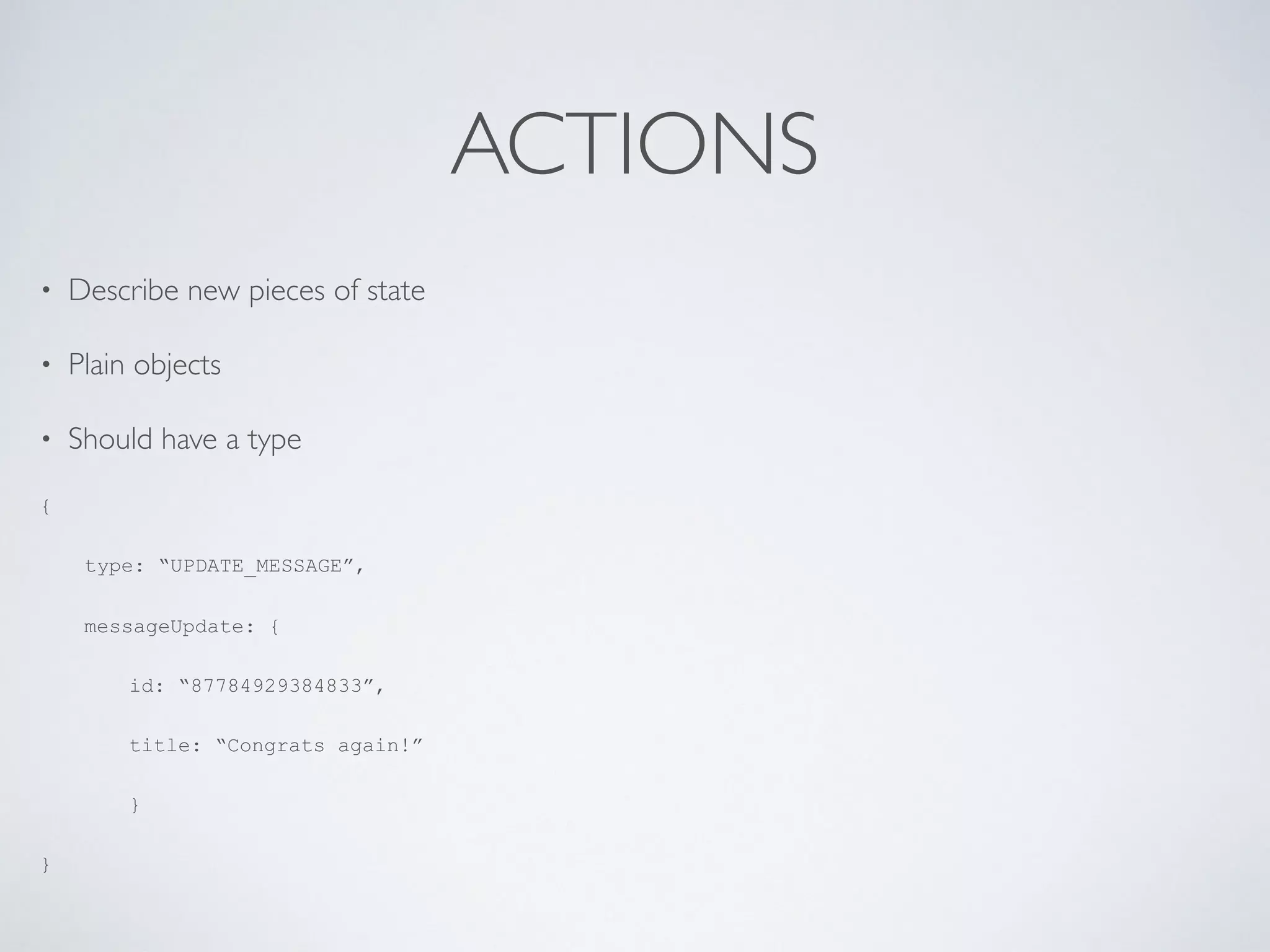
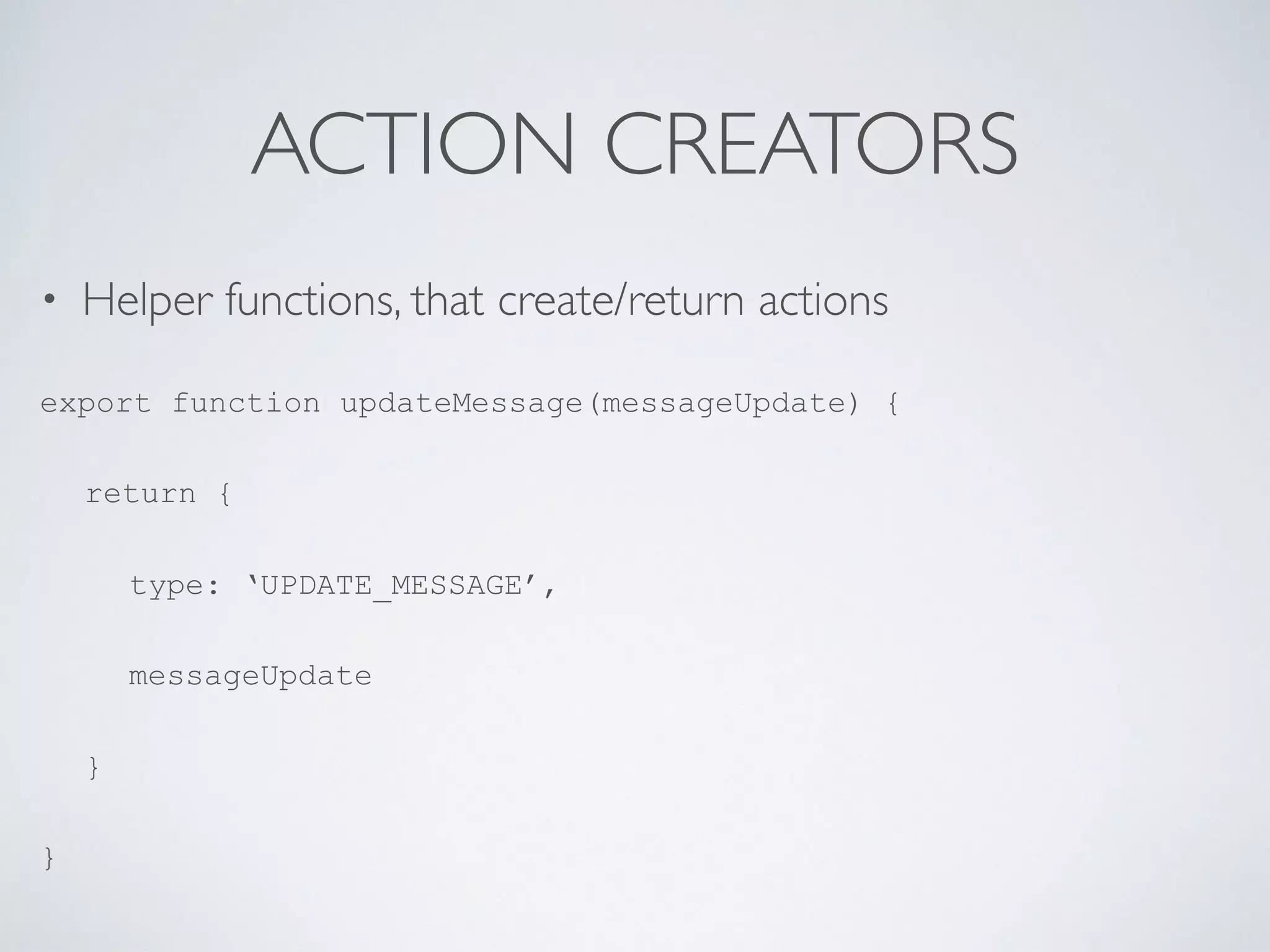

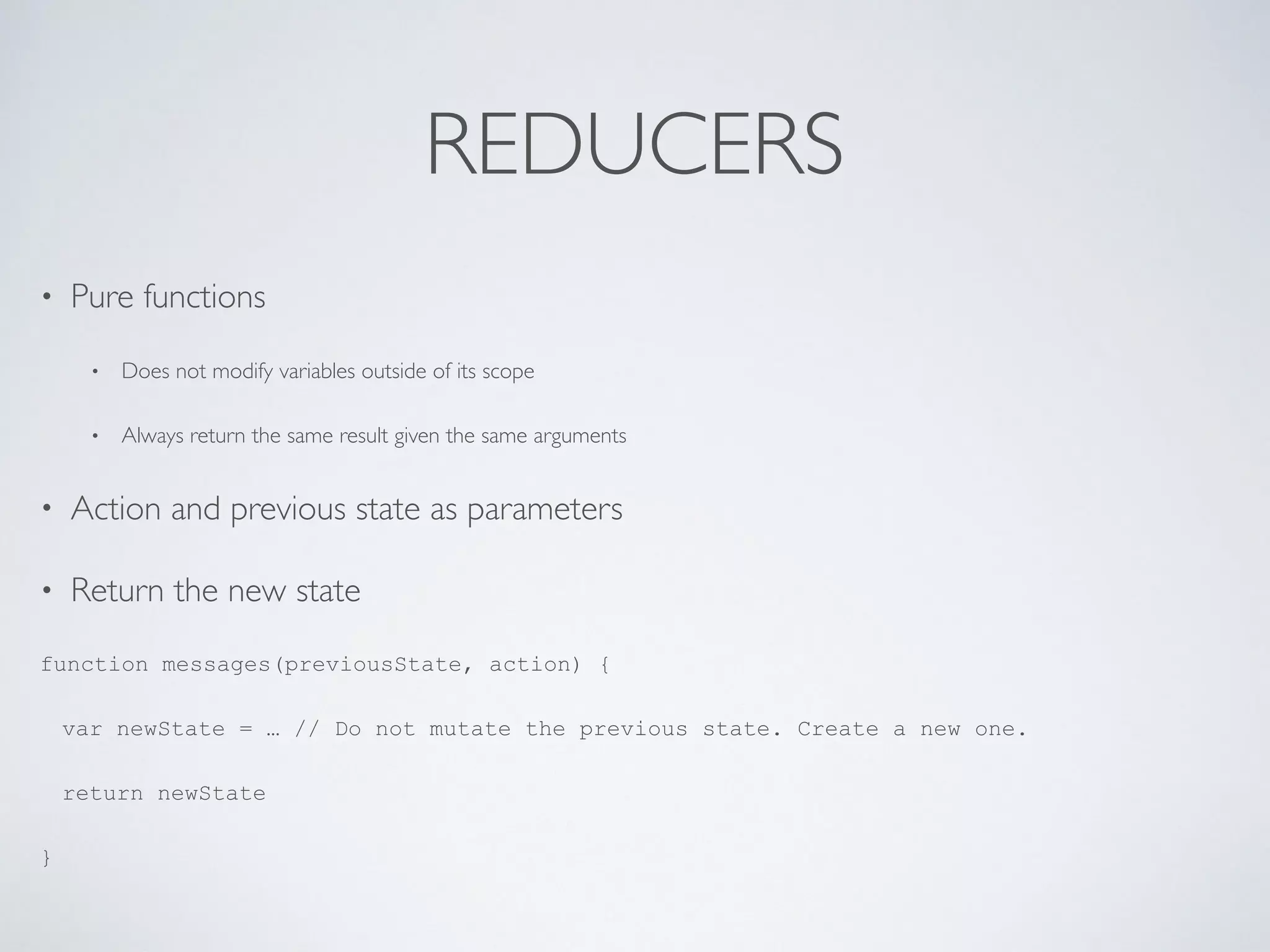
![LET’STRY IT previousState = { messages: [ ]
} action = { type: ‘ADD_MESSAGE’, message: { title: ‘Congrats!’ } } What should be our new state? What should our Reducer look like?](https://image.slidesharecdn.com/redux-getlittletech-161013121611/75/Redux-tutorial-intro-to-Redux-by-GetLittleTech-12-2048.jpg)

![THE “RIGHT”ANSWER state = { messages: [ {title: ‘Congrats!’} ]
} function messages(previousState, action) { switch (action.type) { case ‘ADD_MESSAGE’: // Do not mutate the previous state. Create a new one. return Object.assign({}, previousState, {messages: [...previousState.messages, action.message]} ) // cases for REMOVE_MESSAGE, EDIT_MESSAGE, etc.. default: return previousState } }](https://image.slidesharecdn.com/redux-getlittletech-161013121611/75/Redux-tutorial-intro-to-Redux-by-GetLittleTech-14-2048.jpg)
![REDUCER COMPOSITION • We want to “combine” different reducers: // state { messages: […], visibilityFilter: ‘’, settings } function mainBigSuperReducer(state = {}, action) { return { messages: messages(state.messages, action), visibilityFilter: visibilityFilter(state.visibilityFilter, action), settings: settings(state.settings, action) } }](https://image.slidesharecdn.com/redux-getlittletech-161013121611/75/Redux-tutorial-intro-to-Redux-by-GetLittleTech-15-2048.jpg)
